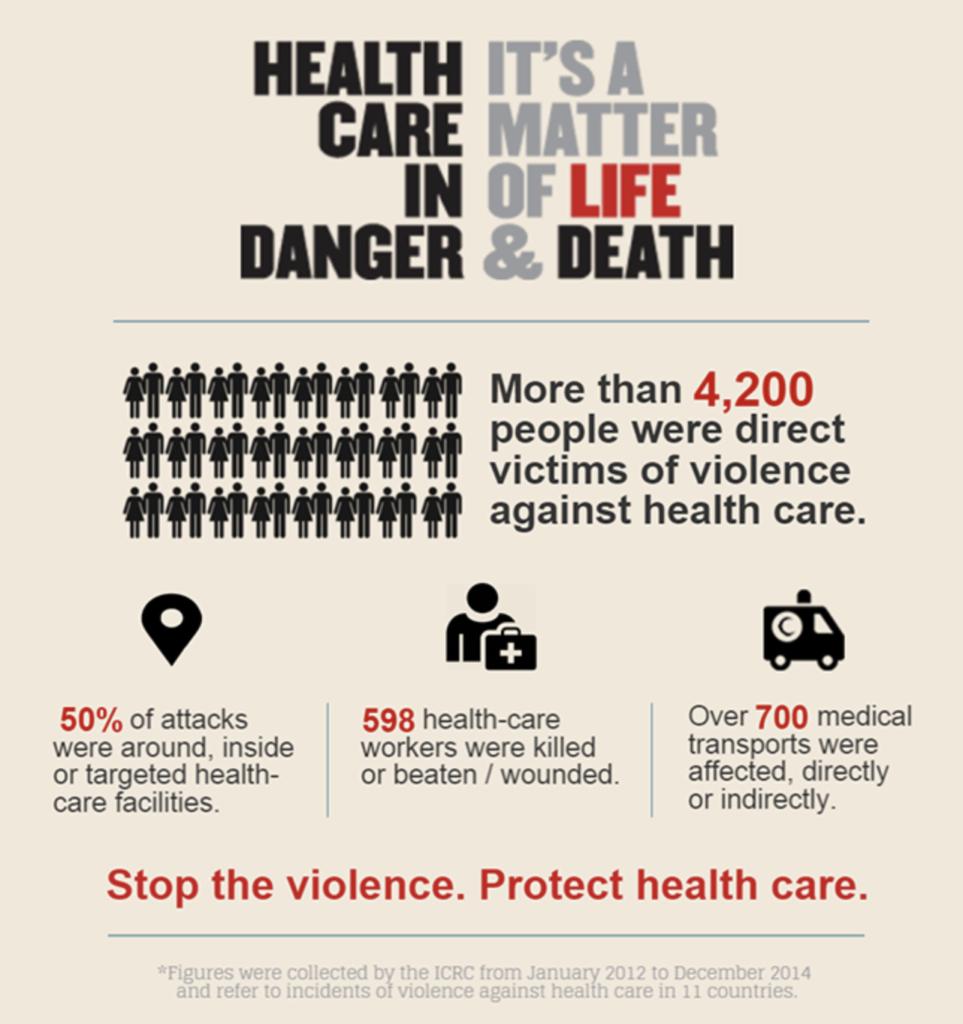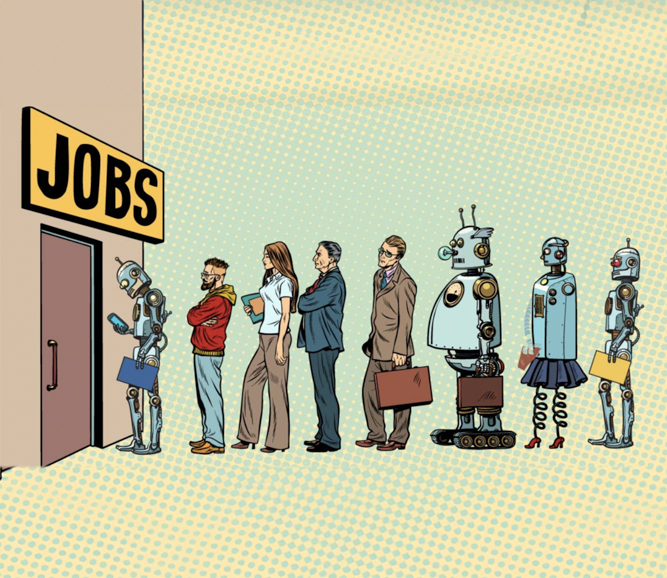What is the reality of risks in healthcare delivery for India? Victims or Villains is how crisis perspectives are shaped, crisis literature tells us. Vulnerability, Vendetta, and Legacy are other elements that we should add to understanding crisis from an emerging markets perspective.

After field visits to 20 public hospitals (linked with a medical college) in the capitals of four of the most populous states of India across regions – Kolkata (East), Mumbai (West), Chennai (South), Lucknow (North) – sharing some observations for the colleagues in the healthcare sector:
1) Almost all the time, the doctors who face violence in public hospitals are the young resident doctors on duties in the wards (in their 20s)
2) Perpetrators of violence don’t have a criminal history (most of the time). It is an emotional outburst in the spur of the moment. They come from lower socio-economic backgrounds
3) Violence doesn’t happen across departments in the hospital. There are four departments more prone to violence

4) For opposition political leaders, a public hospital is an opportune spot to raise a voice and increase visibility on a subject of public interest, and an emotionally charged patient family is a good launch pad
5) You hardly read about violence in private medical college-attached hospitals (a key point to understand about violence in public hospitals)
6) The phenomenon of violence in public hospitals is not universal – Chennai (Tamil Nadu) is an outlier and a case in point. With both the oldest and the newest public hospital (with a medical college), the infrastructure and visit experience are far ahead of the rest. A strong political will drives change

7) Uttar Pradesh (Lucknow) is a state to watch. Public hospitals here have dedicated Public Relations Officers, accessible to address patient grievances and act as a ‘stress absorber’ for the administrators. The newly built RML hospital infrastructure in Lucknow competes with the best of Chennai. A stated intention of opening more medical colleges in the state may change the healthcare delivery ecosystem in the coming years
One interesting fact: most medical colleges and linked public hospitals in major cities were designed in the British era, with an open ward design. A medical administrator, tongue-in-cheek, put it succinctly: “When these hospitals were designed, nobody would have imagined that doctors will face violence”.
Time for design thinking in public healthcare delivery!






